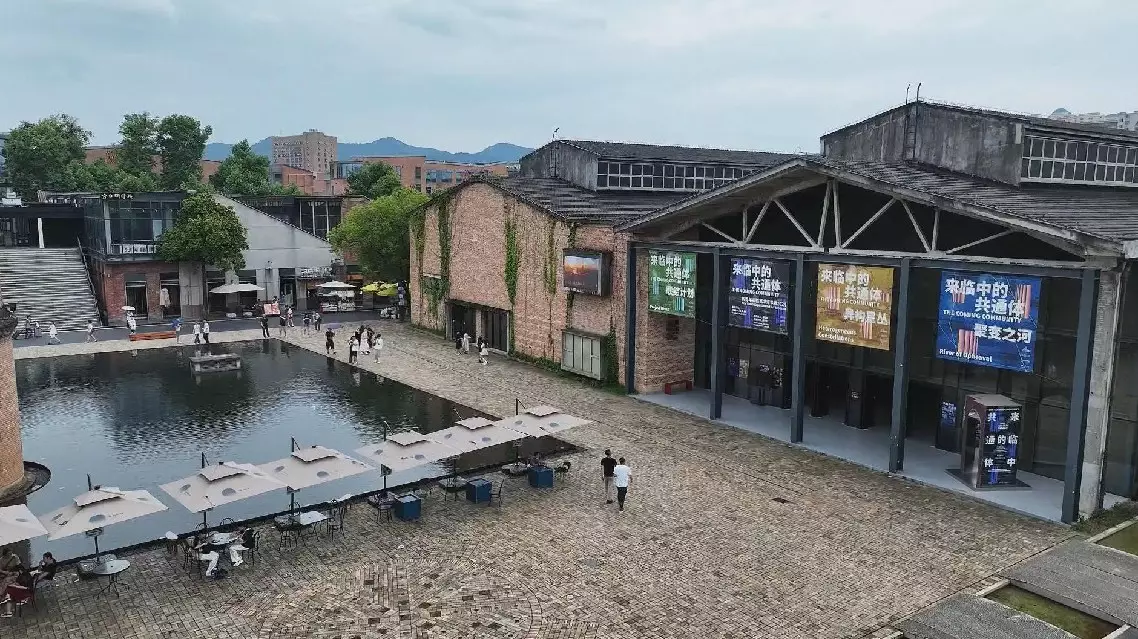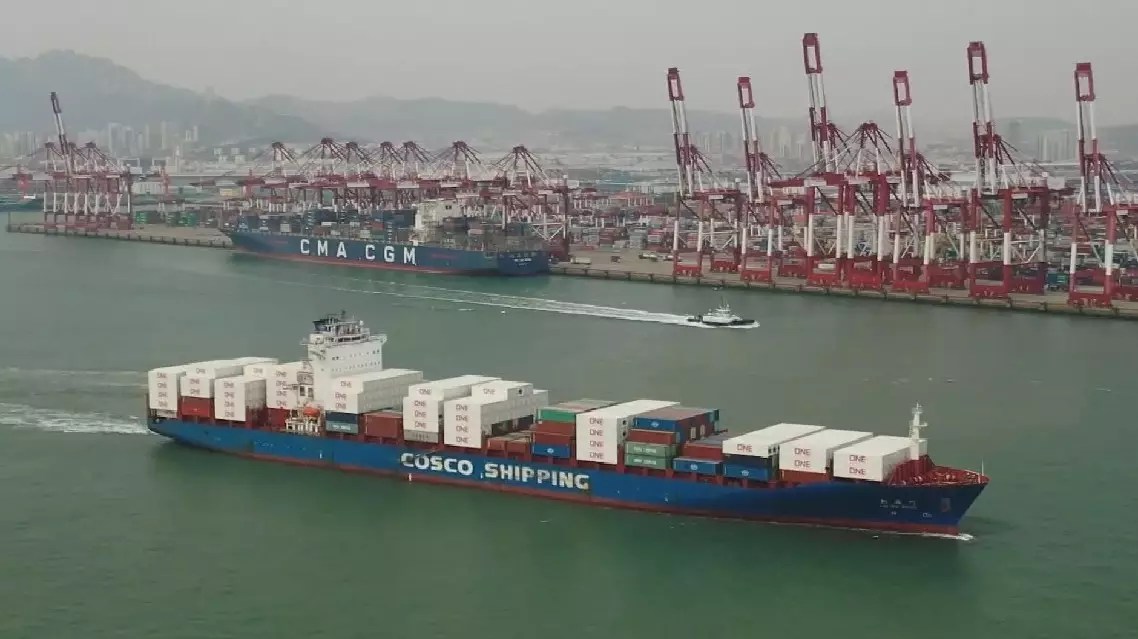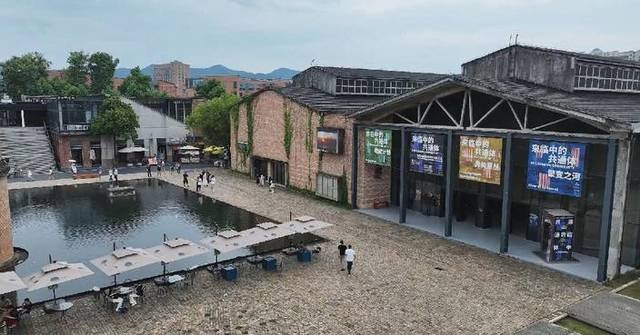Jingdezhen, the world-famous “porcelain capital” in east China’s Jiangxi Province, has transformed many old factory buildings into art galleries and museums, creating a space for young people in the porcelain art industry to set up businesses and interact with each other.
The traditional porcelain industry has a large energy consumption, and with its development, Jingdezhen left people with a deep impression of a dirty and messy city with chimneys and black fog several decades ago. In recent years, Jingdezhen has been determined to change the ceramic fuel structure and solve the problems of waste gas and wastewater pollution from ceramic enterprises.
“We used to burn coal, but later we started using gas and natural gas to make porcelain,” said Liu Zili, vice chairman of the management committee for Jingdezhen National Ceramic Culture Inheritance and Innovation Experimental Zone.
In 2013, Jingdezhen launched a project to protect and utilize the heritage of the ceramics industry. All 22 old factory buildings were preserved as they were and renovated with modern architectural structures according to functional needs, achieving the integration of historical and cultural values with the values of modern living industry.
“To be honest, there were different opinions in the city and it was difficult to make a decision. Should we destroy this place that is filled with our historical sentiments and industrial memories and erase it from the area? As a group of factory workers who have lived here all our lives, we were reluctant to let go. Instead, we believed that change was the way forward,” Liu said.
After a three-year renovation, Taoxichuan Cultural Creative Zone opened to the public in 2016. From the outside, the old factories, kilns, chimneys and water towers remain intact, but their functions and business formats have been reshaped, with former factories and workshops transformed into art galleries, museums and entrepreneurial spaces that attract young people.
To date, Taoxichuan has attracted tens of thousands of ceramic entrepreneurs to exchange ideas and share experiences.
“I have been living in Jingdezhen for seven years. Taoxi River has now become a very open and inclusive place, providing a very good stage for displaying our works,” said ceramist Zhang Rui.
At present, more than 80 well-known artists from home and abroad are invited to create works in Jingdezhen every year, and more than 400 artists from all over the world have set up studios there.
In China, Jingdezhen is synonymous with ceramics, especially porcelain. Jingdezhen has been producing porcelain since the Han Dynasty (202 BC – 220 AD) and began producing official porcelain for the imperial court from the Song Dynasty (960 – 1279). These official porcelain pieces are considered world treasures and are housed in major museums around the world.

Old factory in eastern China’s porcelain capital transformed into museum and entrepreneurship training platform
Cargo throughput and ship arrivals at China’s coastal and inland river ports recorded strong growth in the first half of this year, data from the Ministry of Transport released on Tuesday.
A total of 15,211,700 ships passed through the port from January to June, up 14.35 percent from the same period last year.
Cargo handling volume also increased by 4.85% in the first half of this year, reaching 9.184 billion tons.
This robust growth reflects the country’s thriving maritime trade and is the result of a new economic development paradigm – dual circulation – characterized by strengthening domestic and overseas markets.
Over the past decade, China has applied the self-developed Beidou Satellite Navigation System (BDS) to its domestic waterways, and the number of coastal navigation marks in the country has increased by 68.8 percent over the past decade to 20,600, all of which have been integrated into the BDS.
So far, China has built a coastal Beidou ground augmentation system consisting of 23 Beidou differential stations and 75 permanently operating reference stations, making it the world’s largest maritime safety system.

Cargo handling volume at coastal and inland river ports reaches 9,184 million tons

